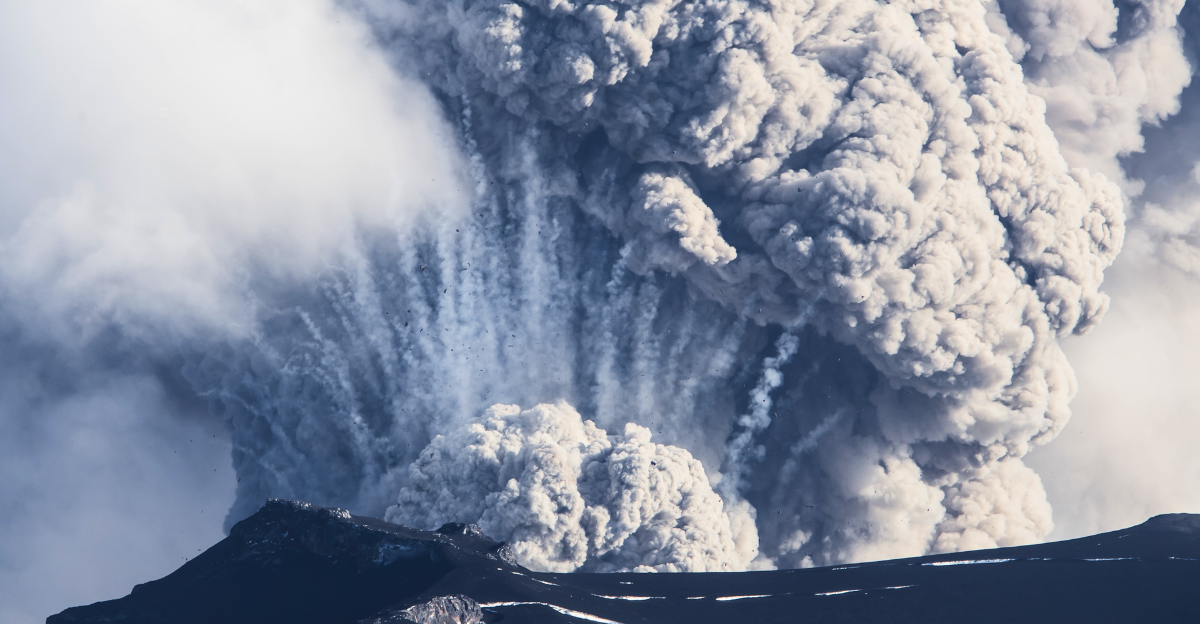
A recent eruption of Iceland’s Sundhnukagigar volcano has sent shockwaves across the globe. Scientists reveal that a massive plume of toxic sulfur dioxide traveled more than 1,250 miles to reach the fragile Arctic environment. Using advanced satellite monitoring, researchers tracked how this volcanic pollution, originating in 2023, was responsible for a dramatic spike in airborne toxins over Ny-Ålesund, a remote Arctic town.
While volcanic eruptions in Iceland are not uncommon, this event quickly distinguished itself due to its far-reaching environmental consequences.
Tracking a Toxic Shockwave Across Continents
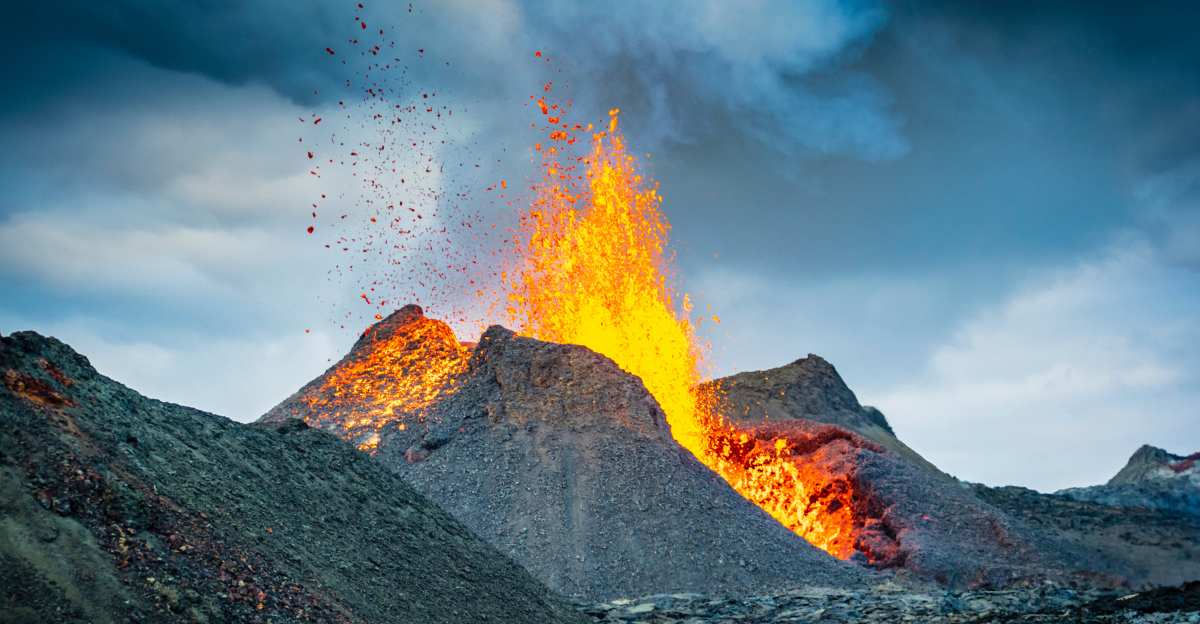
Tracking the toxic shockwave from the Sundhnukagigar volcano eruption involved sophisticated satellite and ground-based monitoring technologies. Researchers utilized data from the Environmental Trace Gas Monitoring Instrument aboard Chinese GaoFen and DaQi satellites, which provide high-precision daily global scans of atmospheric pollutants. This satellite data was complemented by measurements from China’s Yellow River Station in the Arctic, the region’s only continuous atmospheric monitoring site.
By integrating these data sources, scientists could trace the sulfur dioxide plume’s journey over 1,250 miles from Iceland to the Svalbard Islands, revealing that about 80% of the sulfur dioxide pollution in Ny-Ålesund originated from the volcanic eruption. “Our study highlights the far-reaching impact of volcanic eruptions on the environment,” explained Kaili Wu, a team member, “It’s far beyond the immediate vicinity.”
The Science Behind the Spread
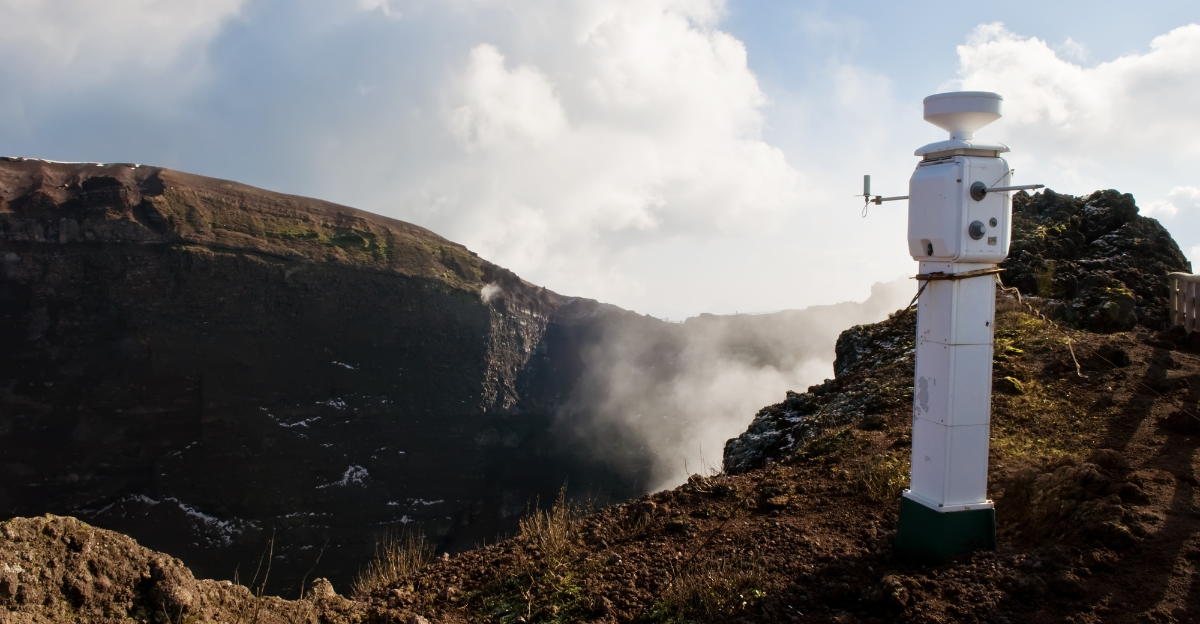
The spread of sulfur dioxide (SO2) from volcanic eruptions like Sundhnukagigar is governed by complex atmospheric processes involving chemical reactions and meteorological dynamics. Once released, SO2 can be oxidized in the atmosphere to form sulfuric acid (H2SO4), which readily condenses onto particles, contributing to acid aerosols. This conversion process is enhanced by factors such as high humidity and ozone, leading to the formation of fine particulate matter that can persist and travel long distances.
Meteorologically, the transport and dispersion of SO2 are influenced by wind shear, atmospheric stability, and vertical mixing, which determine how the plume spreads horizontally and vertically over regional scales. Wind patterns, such as sea breezes and synoptic flows, can lift and carry the pollutants over thousands of kilometers, while atmospheric layering and turbulence affect their concentration and chemical transformation during transit.
The Arctic Fallout
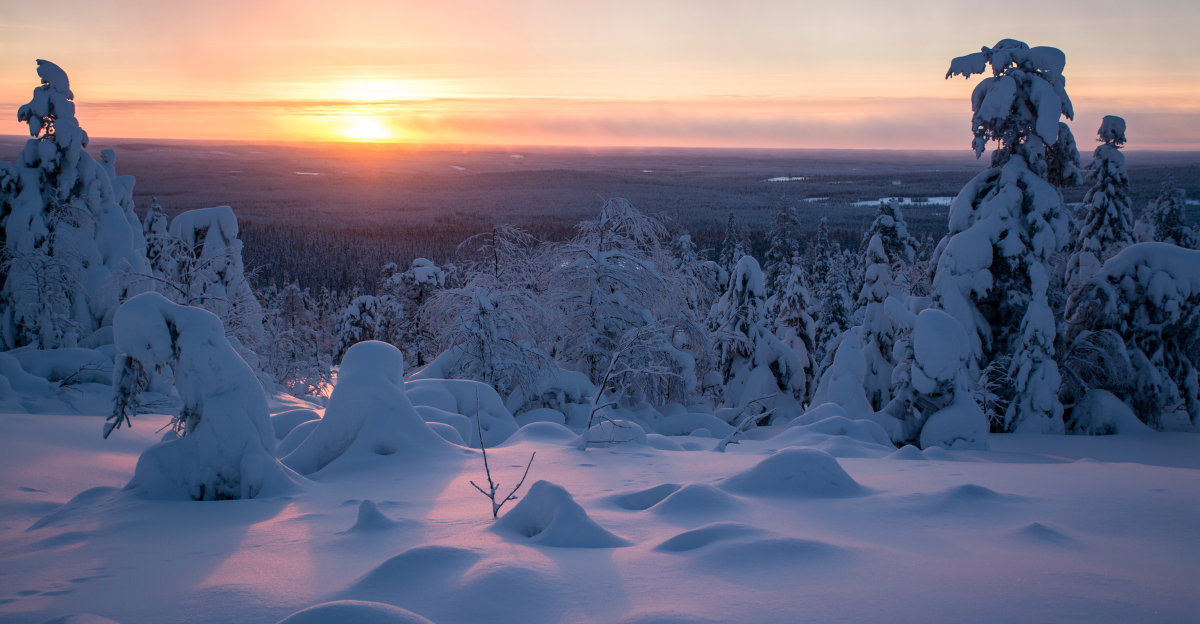
Researchers found that approximately 80% of the sulfur dioxide pollution detected in Ny-Ålesund, a remote Arctic settlement, originated from the emissions of an Icelandic volcano. This influx of volcanic pollutants contributed to dense smog and acid aerosols, exacerbating the Arctic’s existing challenges related to climate change and melting ice.
The event highlights how volcanic activity thousands of miles away can disrupt fragile Arctic ecosystems, posing risks to environmental health and local communities.
Why the Arctic Is Uniquely Vulnerable?
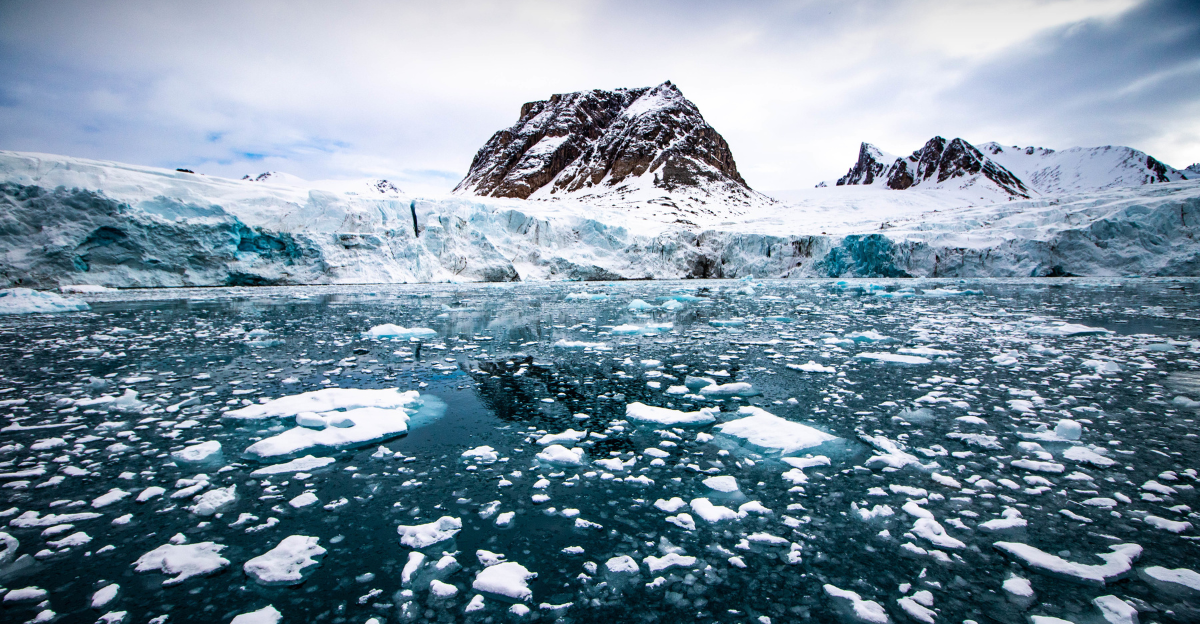
The Arctic’s cold temperatures and limited sunlight mean that pollutants linger longer, accumulating in the environment and disrupting its delicate balance. The region is already under stress from climate change and melting ice, making it particularly susceptible to further environmental shocks.
The Arctic’s low biodiversity, short growing seasons, and specialized species make it less resilient to sudden changes. At the same time, the accumulation of frozen organic carbon in permafrost risks releasing additional greenhouse gases when disturbed.
How Sulfate Aerosols Change the Arctic
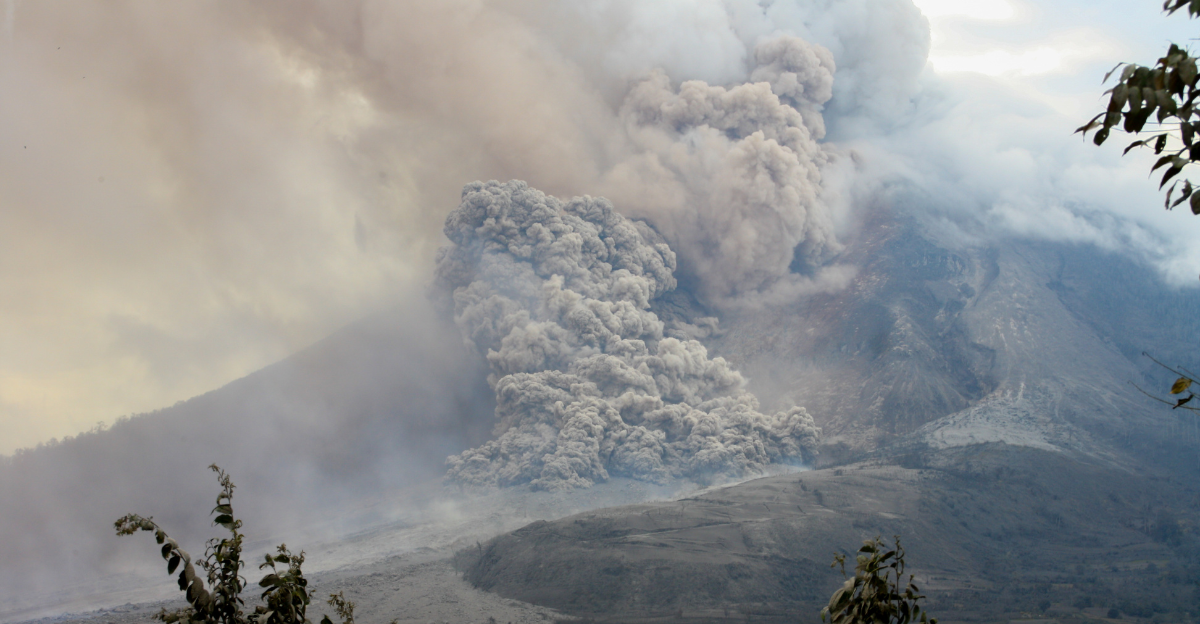
During the summer, increased sulfate aerosols promote the formation of low- to mid-level clouds that reflect sunlight, causing a cooling effect known as solar dimming, reducing surface temperatures. Conversely, in winter, these aerosols form high-level clouds that trap outgoing long-wave radiation, warming the surface. This seasonal shift results in colder summers and warmer winters in the Arctic.
Sulfate particles from the eruption also settled on snow and ice, darkening their surfaces and reducing their ability to reflect sunlight- a phenomenon known as albedo change. This accelerates ice melt and contributes to regional warming, compounding the effects of climate change.
Human and Wildlife Health at Risk
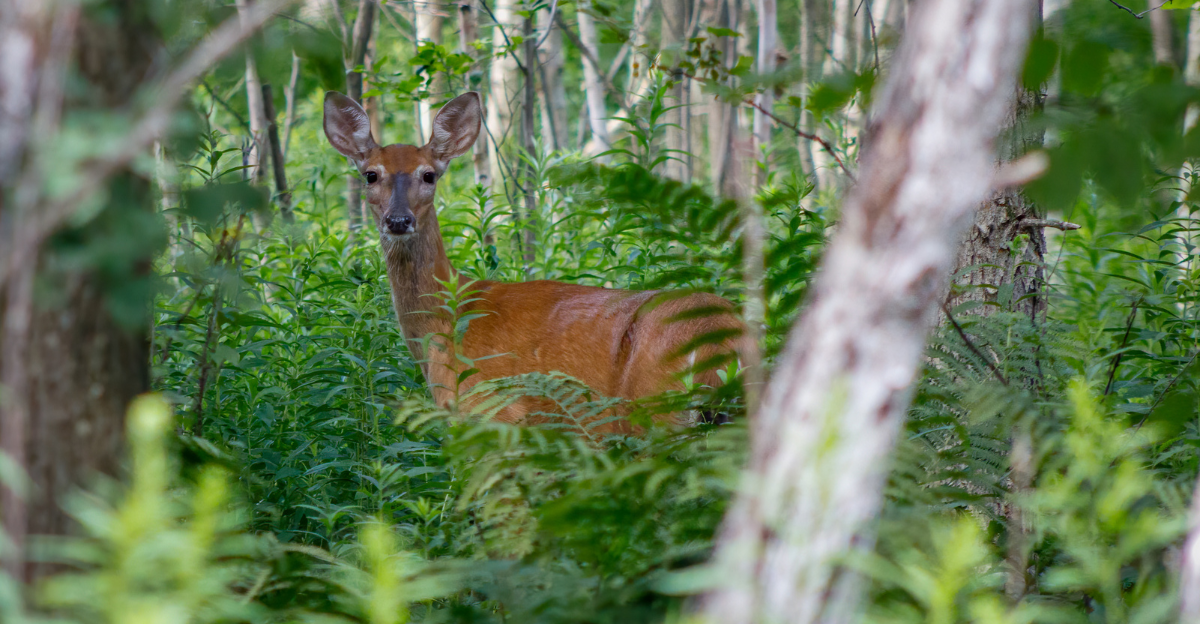
Inhaling volcanic gases and ash can cause a range of health problems, from mild eye and respiratory irritation to severe issues like bronchitis, lung infections, and even life-threatening respiratory distress, particularly for vulnerable groups such as children, the elderly, and those with pre-existing respiratory conditions. Wildlife in the Arctic is also at risk, as exposure to acid aerosols and degraded air quality can impair respiratory function and disrupt food chains.
The prolonged presence of sulfate aerosols and acid rain resulting from volcanic emissions further threatens the health of both humans and animals by contaminating water sources and damaging vegetation.
Cutting-Edge Satellite Monitoring
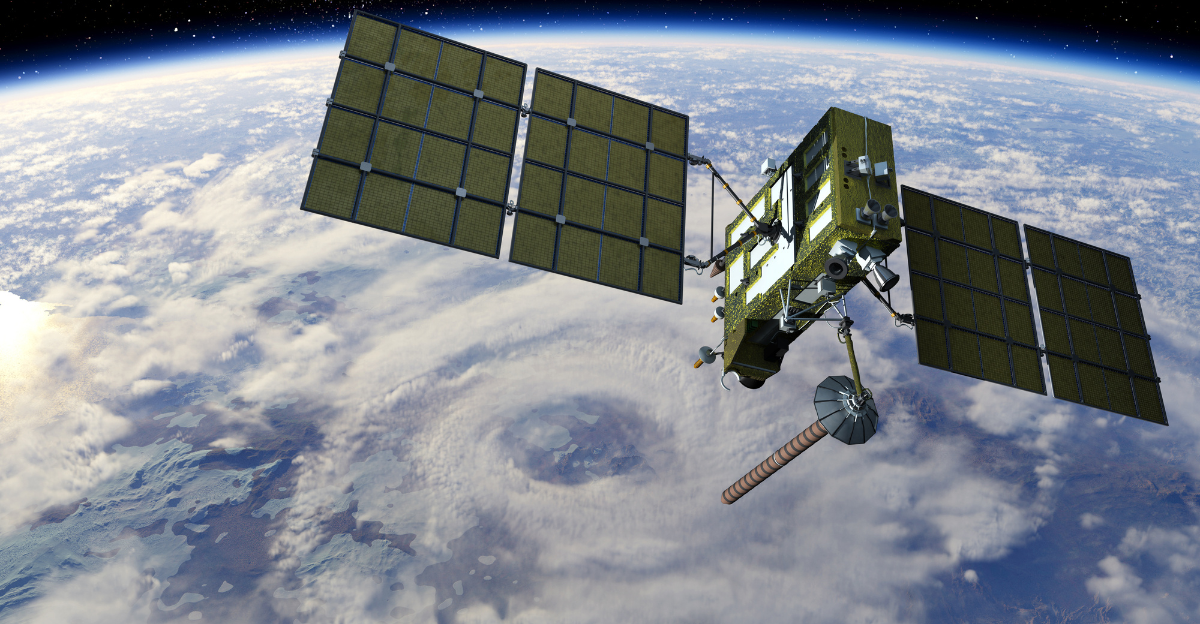
Chinese satellites equipped with the Environmental Trace Gases Monitoring Instrument provided daily global scans, allowing scientists to track the movement of sulfur dioxide clouds precisely. Ground-based stations in the Arctic, such as China’s Yellow River Station, corroborated these findings with continuous atmospheric measurements.
A Global Ripple Effect

When volcanoes emit gases such as sulfur dioxide and ash high into the atmosphere, these particles can spread across continents, reflecting sunlight and temporarily cooling the Earth’s surface for months or even years. This cooling effect, observed after major eruptions like Mount Pinatubo in 1991, can offset some warming but is short-lived compared to the persistent impact of human-induced greenhouse gases.
Such events demonstrate how natural processes in one part of the world can have cascading consequences on climate systems thousands of miles away.
Better Preparedness and Monitoring
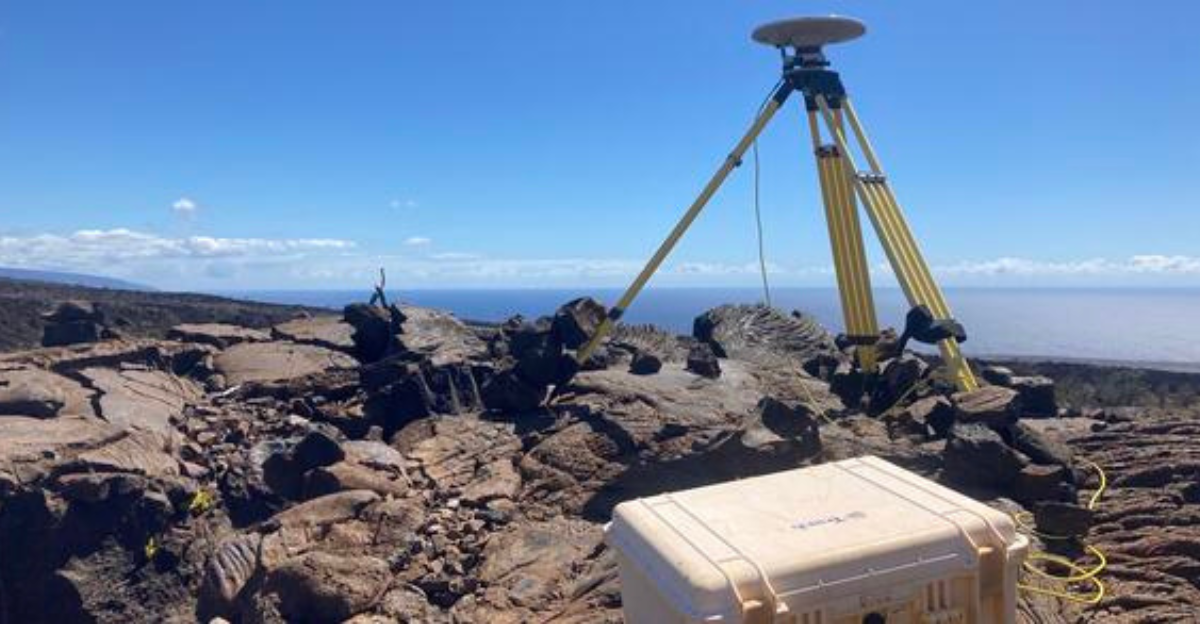
Projects like the EU-funded FUTUREVOLC have developed comprehensive volcano monitoring networks in Iceland. These networks combine seismic stations, GPS, gas sensors, and satellite data to track magma movement and eruption precursors in real time. These systems enable faster, more accurate predictions of volcanic eruptions and their potential impacts, improving early warning capabilities for authorities and the public.
Machine learning applied to vast satellite datasets such as Copernicus Sentinel-1 enhances global volcano deformation detection, supporting timely evacuation and mitigation efforts worldwide. Continuous improvements in remote sensing, automated ash analysis, and gas emission monitoring also reduce the need for risky field measurements, making monitoring safer and more efficient.
Explore more of our trending stories and hit Follow to keep them coming to your feed!

Don’t miss out on more stories like this! Hit the Follow button at the top of this article to stay updated with the latest news. Share your thoughts in the comments—we’d love to hear from you!







